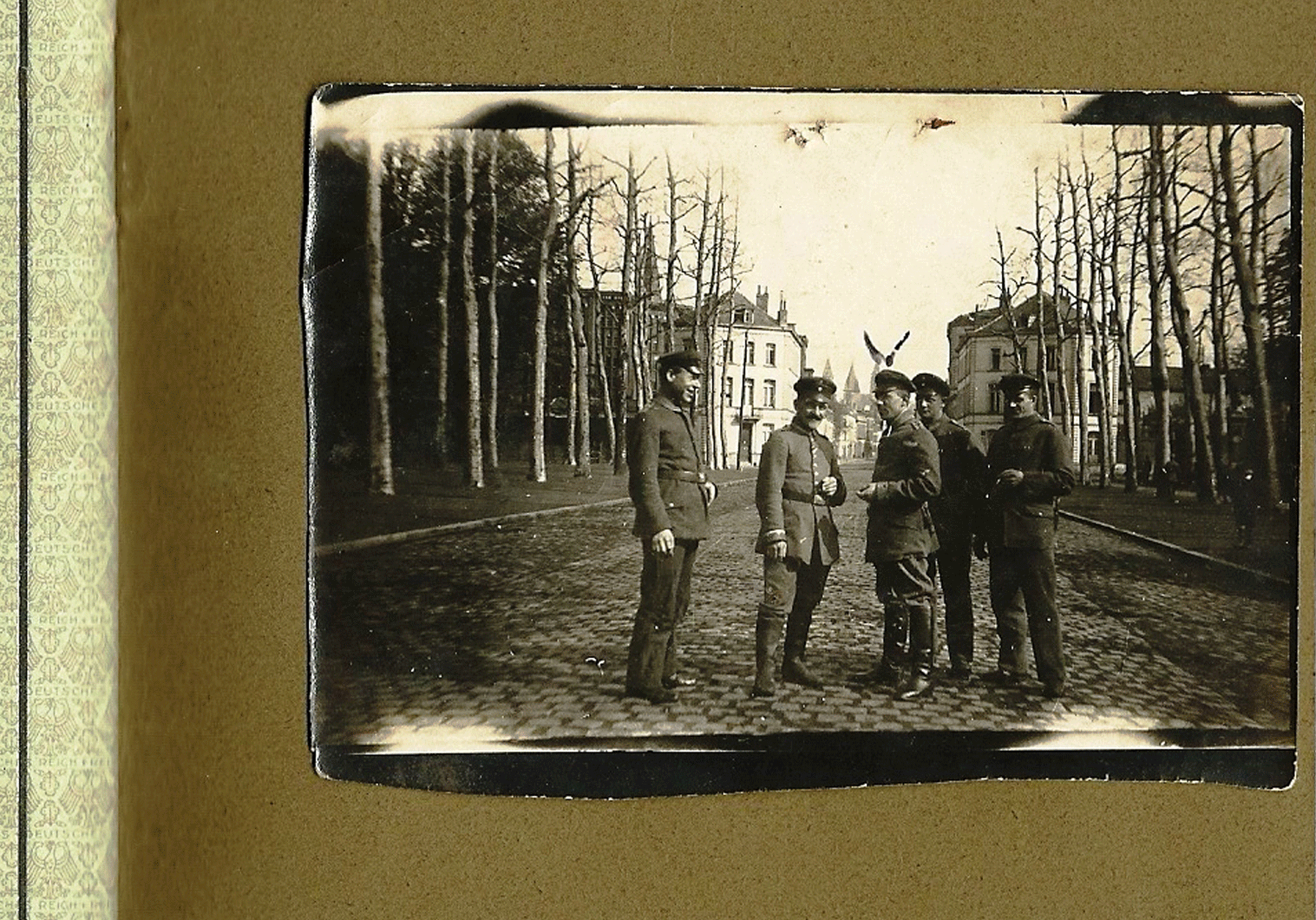Moscow 1932 issued German passport
German-Soviet pre-1933 cooperation.
Before Adolf Hitler came to power in January of 1933, the Soviet Union and Germany had a rich cooperation that began in the 1920’s.
After WWI both countries were practically in ruins and devastated economically. They had no real influence in the international community and fewer friends to rely on. Germany’s army was stripped down to basic form, not allowed to hold a larger troop formation of 100,00 men, not permitted to maintain a real and viable navy and allied troops were still present on German soil. The Soviet Union too was barely able to hold the ground it possessed, the civil war depleting immensely her economical state, having lost the Polish-Soviet war and having newly founded states declare independence on her door steps: Estonia, Lithuania & Latvia.
Both countries found themselves in the same situation, and this naturally pushed them closer. With both countries needing to build up their military strength, both realized that this could be done, secretly, by helping and cooperating with the other.
The cooperation was between the German Reichswehr, the Soviet Peasants Red Army & the Soviet Workers. It all began to form towards 1922 with the Rapallo Treaty; with the singing of a German-Soviet military agreement regarding the building of German secret military bases on the soil of the Soviet Union on August 11th 1922. Secret cooperation was with regards to aviation, armor and chemical cooperation and manufacturing. Germany was in need of producing weapons, ammunition and development of advanced technology, all this she was prohibited by Versailles. At the end, both sides were benefiting from this rather unusual partnership: As Red Army experts were being trained in Germany, secretly, the Reichswehr was gaining valuable experience and know-how with their work in the USSR.
This alliance did not last forever. It began to die off towards 1932 and 1933, especially with the coming to power of the NSDAP. The newly elected German government and mainly its leadership were not going to allow this cooperation to continue and on August of 1933 it was the Soviet’s that ended it all.
The passport here falls into the category of the chemical cooperation between the two countries.
Issued in Moscow, at the German embassy on November 22nd 1932, by Konsulatssekretaer Johann Schwind (1901-1978); he was active in the embassy from 1927 until operation Barbarossa. After the German invasion into the Soviet Union in 1941, most of the diplomats were evacuated via Turkey. He did not hold other vital posts, and lived in East Germany until his escape to the West in 1955 (following a brief arrest by the Soviets in 1951).
Passport was issued to Fritz Rusting who was living and working at the time in Chapaevsk (German is Tschapajewsk), around the Samara region, where a German chemical plant was active and run by the Reichswehr. We can assume that he was a technical worker working secretly at this plant. In this town, from the end of the 19th century onwards, existed the Ushkov chlorine-plant. It was taken over in 1923 by the German poison gas specialist and entrepreneur Hugo Stoltzenberg, from Hamburg, in order to produce the war gas “Lost” for the German and the Soviet Army. After the failure of Stoltenberg’s engagement in 1926, the Russians took over the plant, while the Germans bared the costs until the factory was able to produce again, which was in 1929. German funding, know-how and workers continued at the facility. The factory delivered “Lost” and” Diphosgen” to the secret German (Reichswehr) test-area for chemical warefare at Shichany, nearby Volsk (about 100 miles southwest of Chapaevsk) and became one of the most important facilities for the Soviet chemical warfare production.
Fritz Rusting left the Soviet Union on January 6th of 1933, on his way back home to Germany. He crossed the Lithuanian & Latvian borders on his return.
Have added images of the passport and also a photograph, most likely taken during his work, and we can see that all men are dressed in uniform.
Thank you for reading “Our Passports”.




